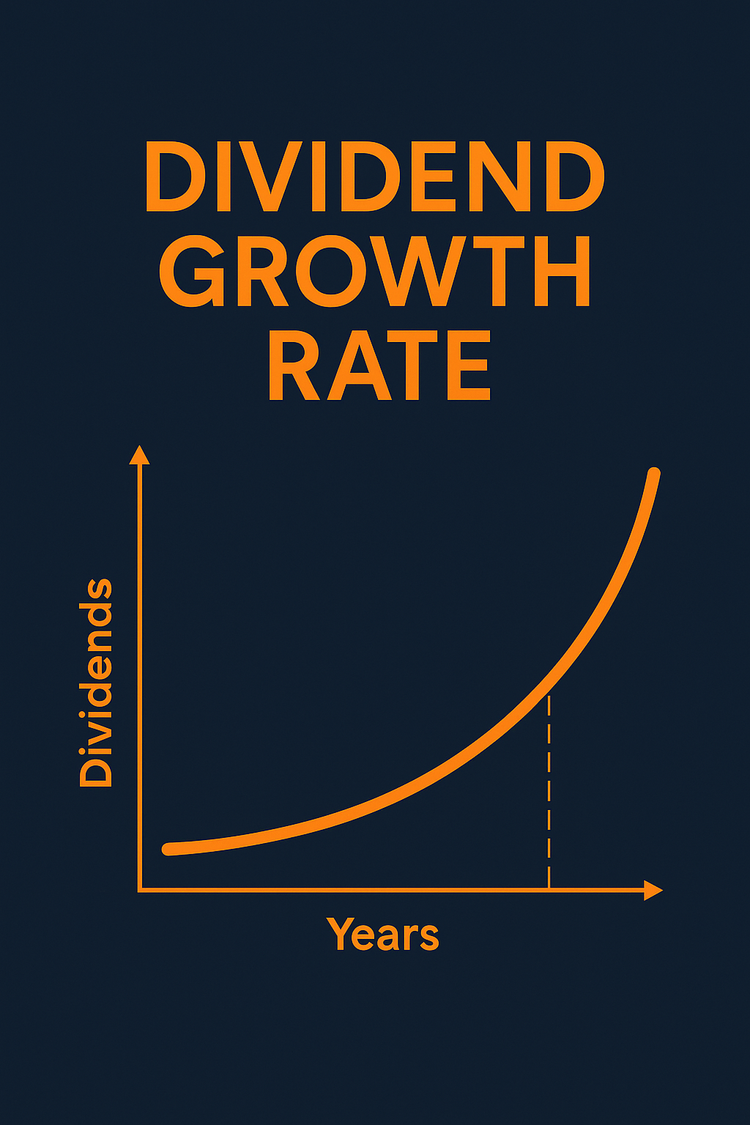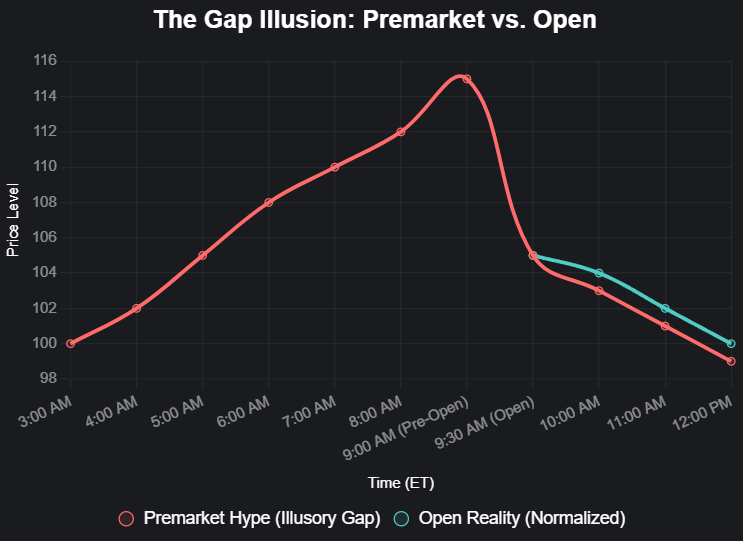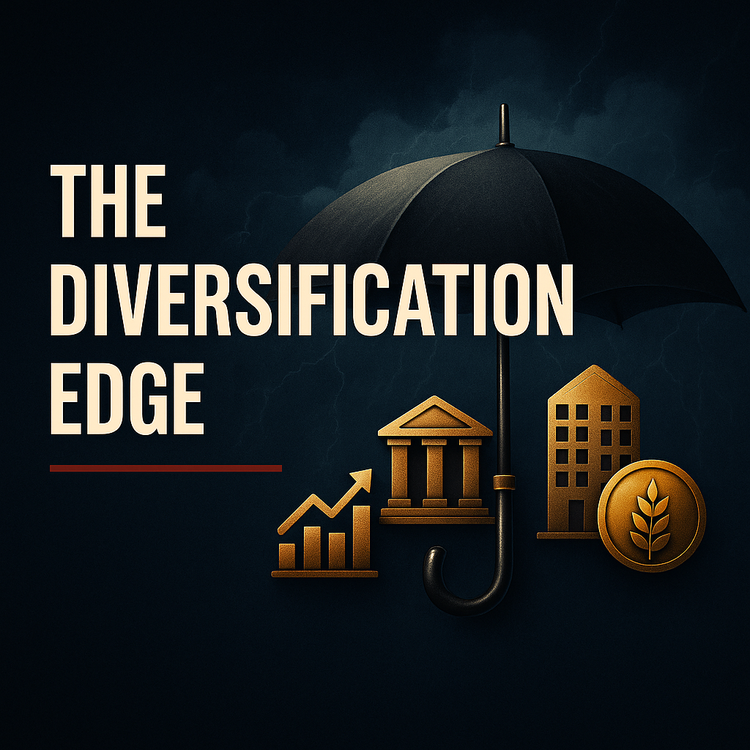What is Portfolio Rebalancing?

Portfolio rebalancing isn’t a Wall Street trick. It’s the gut-check that keeps your investment portfolio from drifting into something you never signed up for.
Say you set your mix at 70% stocks and 30% bonds. Markets rip higher, and now you’re at 85/15 without lifting a finger. You didn’t choose to get riskier — the market did it for you.
Rebalancing is how you take back control. You trim what got fat and feed what got skinny. Sell a little of the winners, buy a little of the laggards, and reset to your plan.
Why Portfolio Rebalancing Matters
- Risk creep: Left alone, portfolios drift until they’re nothing like what you intended.
- Discipline: It forces you to do what feels wrong — sell high, buy low.
- Control: It ties your allocation back to your time, your goals, and your tolerance for risk. And it works hand in hand with real diversification.
Skip it, and you’re basically letting the market steer while you ride shotgun.
How Often Should You Rebalance?
Don’t obsess. Some investors rebalance once a year. Others do it when their mix drifts 5–10% off target.
The point isn’t perfect timing — it’s consistency. Pick a system and stick with it.
The Bottom Line
Portfolio rebalancing isn’t busywork. It’s survival.
Without it, your allocation slowly mutates into something you never meant to own. With it, you stay disciplined, steady, and positioned for the long game.
It’s not sexy. It’s not fun. But it’s the boring habit that keeps investors from blowing themselves up.






Member discussion